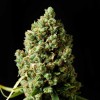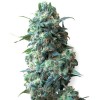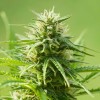Knowing how to tell if your plant is ready to harvest can be a sticky situation. But don’t fret, we got you fam.
Mature marijuana plants, although incredibly distinct from their vegetative selves, are still sometimes difficult to distinguish between still growing and max capacity. It also doesn’t help, that by this point you have slaved, babied, worried, and waited for months to achieve this moment of glory. It can be pretty difficult to wait much longer once you start to see those beautiful, frosted cones.
Sadly, wait you must. Knowing when to harvest is key to getting the best product from your plant. If you cut too early, you can drastically reduce your yield and snag lower potency buds- but wait too long, and you run the risk of changing the desired high completely. So how do you know when is the exact right time to harvest your sticky glory? We’re so glad you asked.
Harvest time of mature marijuana plants depends on a few different factors. Most notably what type of seeds you use, and what strain you’re growing. There are a few different methods, and some growers swear by their own brand of “science”, so saying exactly when the best time to harvest is a little tricky. Not to mention different harvest times can yield different potencies and highs. For example, if you’re looking for a heady high, harvest a bit earlier than optimum. For the strongest batch, harvest right on time, and if you want something a bit more mellow, snip those buds late.
The more you grow and get used to your own style of producing, you’ll become ever more comfortable with when the exact right time to harvest is, but for the beginner, these are some standard rules of thumb that can tell you when a harvest is at it’s peak reaping time.
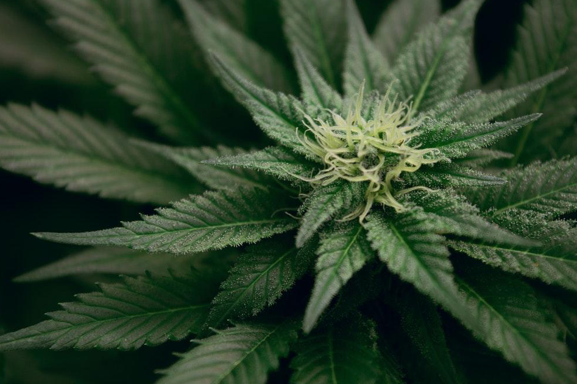
Time
What strain you grow will give you the best window for when harvest should happen. Sativas are generally ready to harvest after flowering for about ten weeks, where Indicas are generally ready to go in eight weeks following the switch to flowering phase. Autoflowering plants will be ready in about 10 weeks after you seed them.
It’s really important to remember here, that, if you’re not using an autoflowering strain, these timelines are based on the moment you switch from a vegetative stage to a flowering stage. This is done by swapping up the plants light cycles and growing habitat. So don’t expect a sativa or indica to start flowering 10 weeks after planting, you’ll need to adjust light cycles for it to produce.
Color
Color changes are perhaps the most reliable way to tell when your plant is ready to harvest. It also seems to be the only harvest signifier that the bud community can come to a mutual conclusion on. Again, “when to harvest” is a highly debated issue, but most gardeners will tell you that color change in various parts of the plant are a reliable signifier of harvest ready cones.
Fan Leaves
Fan leaves are the large, green, iconically shaped “pot leaves” that surround the flowers of a marijuana plant. Throughout the vegetative stage, these leaves are what the plant uses to convert sunlight into food and energy and process CO2 into oxygen. In early stages, these leaves should be a lush, dark green color. Yellowing should only occur once the plant has reached its optimum harvest time.
As the plant starts to dedicate all of its energy into the formation of the flowers, fan leaves will begin to turn yellow and die off. This is a perfectly normal process and one that is an excellent indicator that it’s time to start prepping for your crop.
Pistils
Pistils are the hairy protrusions that pop out from the flowering cone of the plant. They unfurl from the calyx as the plant matures. Calyx are the little fuzzy leaf like structures that emerge first when the plant begins to bud. As the pistils age, they will begin to darken. A great indicator of optimum harvest time is when the pistils turn a brownish-red color.
What makes these little barometers of buds so useful is that they are really easily seen without any specialized tools, and in young plants, they are stark white. The color contrast between white and red/orange/brown makes it simple to see when the flower is ready to be picked. When 70-90% of the pistils have turned color, you’re looking at a late stage body high, but you can begin cutting once about 50% of them have changed if you’re looking for a lower THC content. Somewhere in between these two periods, you will find yourself with the maximum levels of THC content.
Trichomes
Trichomes are the fuzz-like crystals that form all over the flowers and give them that sought after glittery effect. These will go from a clear and bright transparency to a thick, milky-white. Judging harvest time by trichome appearance is semi-advanced, and almost impossible to do without some sort of microscope or magnifying glass on hand.
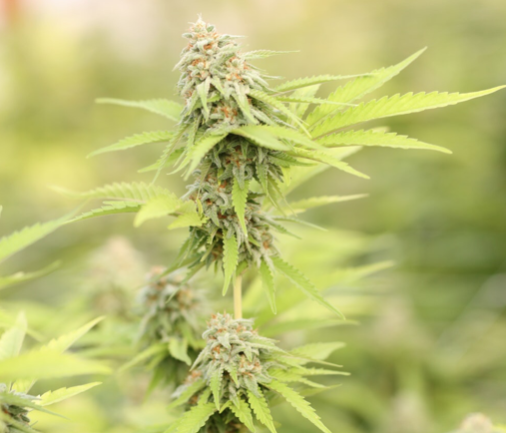
Size
Standard size for plants isn’t really a signifier for harvest, but can give you a decent idea when to swap out from a vegetative state to a flowering one. Remember to note when you changed schedules, as this will give you a good idea when to start really paying close attention to your buds for harvest.
What size your plant will get depends heavily on what strain you happen to be growing. Sativas are generally the most massive of the bunch, reaching up to 20 feet tall- which is why they’re best cultivated outdoors. Indicas are much smaller and bushier than Sativas, and will rarely grow past 5 or 6 feet. Autoflowering plants will be even smaller still. Ultimately the total size of your plant will vary based on a number of factors, but you want to be sure that the plant isn’t too tall or leggy so it can support those big ol’ buds that we all hope for.
Trichomes
Trichomes are a really important element when discussing harvest times of marijuana plants. So important, that we gave them their own section! In order to properly view trichomes, you’ll need some manner of magnification device. While it’s not necessary to jump out and grab a high powered microscope, a jewelers loupe is usually the preferred viewing device. These handy little magnifying glasses provide an intimate view of the trichome structure.
Trichomes look like tiny little glass mushrooms that grow on the flowers of mature marijuana plants. They produce all the resin that will give you the necessary cannabinoids and terpenes. They also affect the taste, aroma, and high of the buds themselves. If it’s early in the flowering stage, trichomes will be clear and fragile looking. As harvest approaches, the trichomes will swell slightly and begin to show a milky-white appearance. Making them look more like plastic than glass. At that point you know your lady is ready for her final dance.
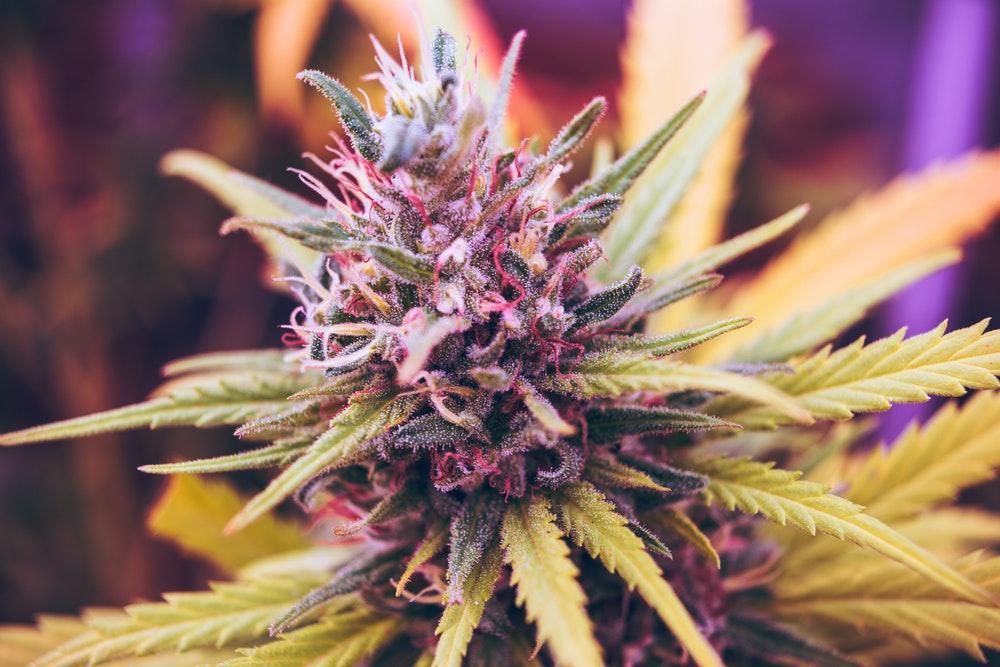
Late Harvest and CBN
One of the newest “trends” in cannabis harvesting is to wait it out a bit to create a degradation of THC and increase the levels of CBN. Cannabinol, while sounding similar to Cannabidiol (CBD), has its own list of therapeutic effects that are just beginning to be discovered and specifically cultivate.
CBN is created as THC oxidizes or ages. This is how some weed loses its psychoactive potency if it’s prepared or stored incorrectly. CBN, much like CBD has little to no psychoactive effects, unlike THC, but can produce a number of excellent ameliorative results. CBN is fantastic for sedative effects and has been successfully used to combat things like insomnia and pain. It has noted anti-inflammatory and antibacterial properties, and some research suggests that it can even improve appetite, or promote the growth of bone cells.
If you’re looking for a crop to have higher amounts of CBN, with a lower THC content, then leave buds to grow until the latest stages of development. This is generally characterized by most all of the pistils, leaves, and trichomes, changing to thier harvest ready colors. Happy Harvesting!


